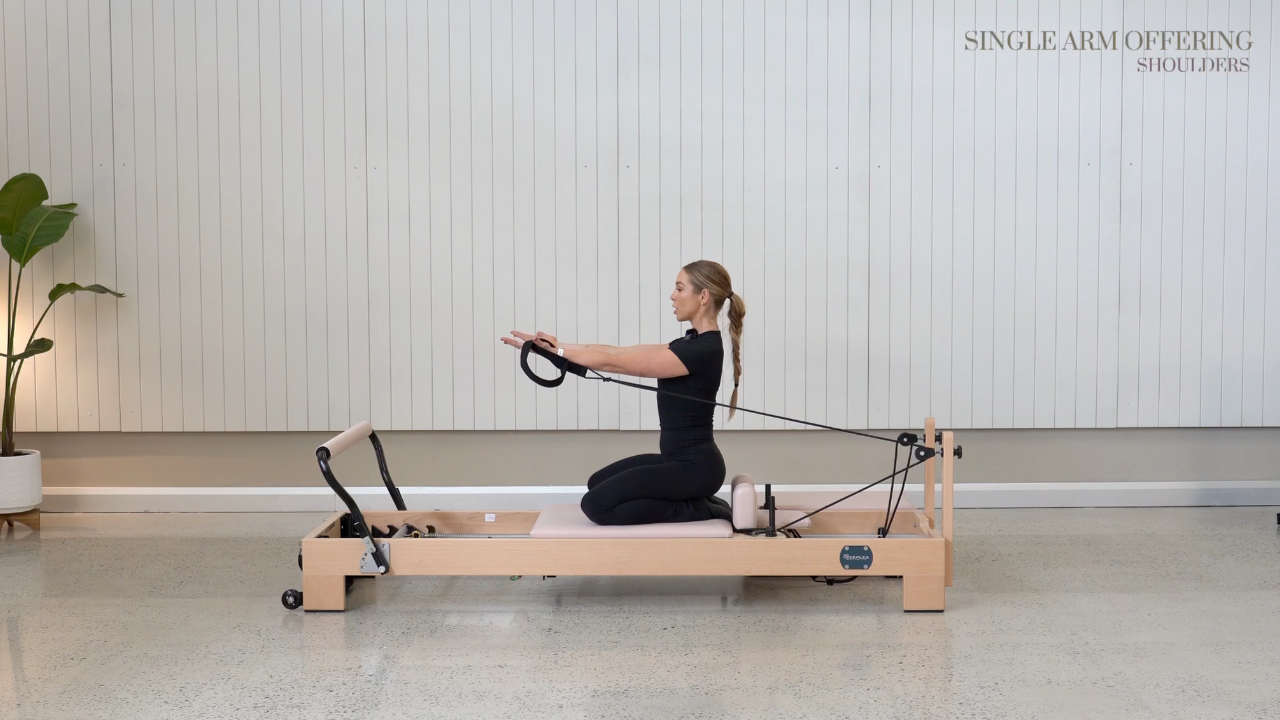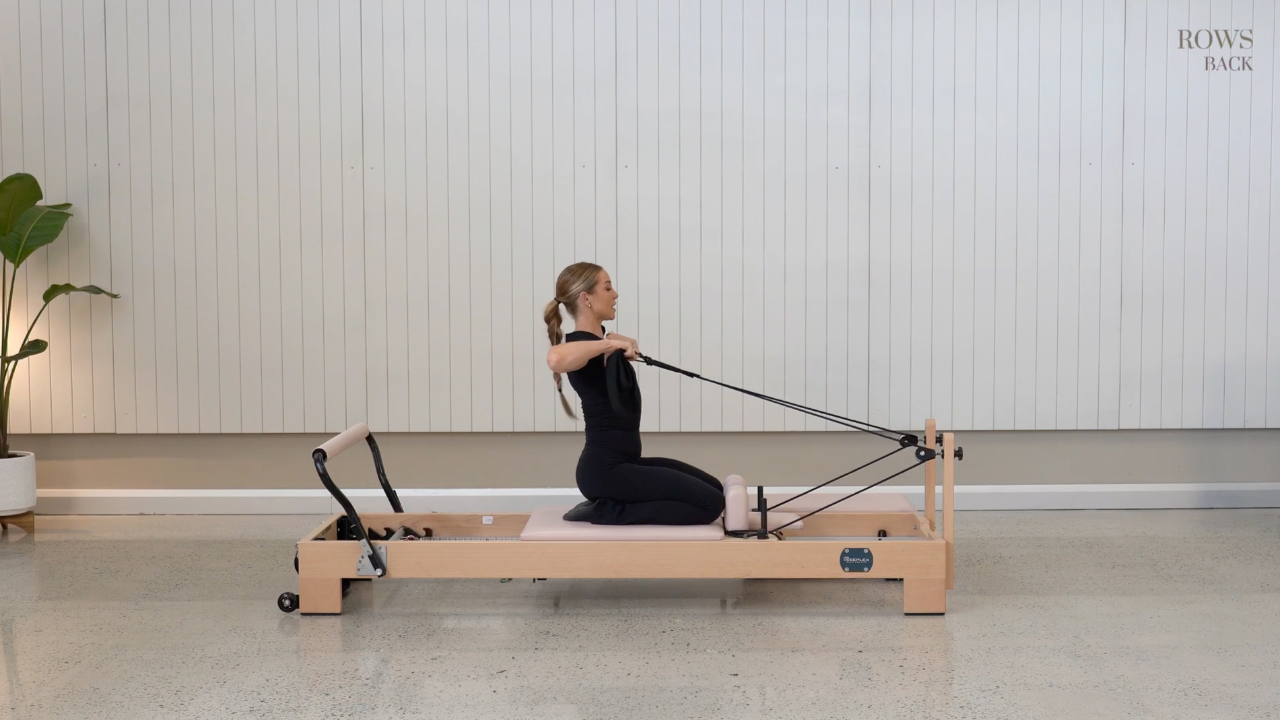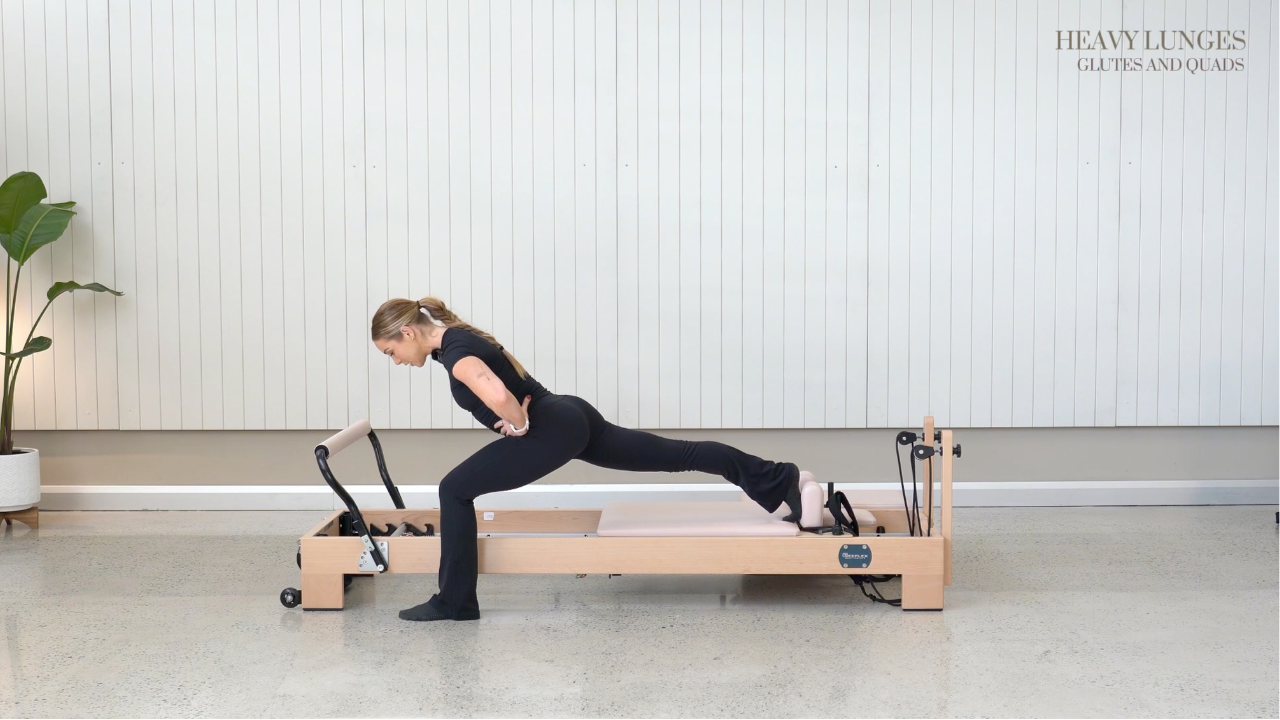Cable kickbacks are a popular exercise for toning and strengthening the glute muscles. This exercise involves using a cable machine and an ankle cuff to create resistance for the muscles. By performing this exercise, you can improve the shape and overall appearance of your glutes, while also enhancing your leg strength and stability. Here are the steps to perform cable kickbacks for an effective glute workout.
Benefits of Cable Kickbacks
1. Glute Isolation
Cable kickbacks primarily target the gluteus maximus, medius, and minimus. This isolation ensures that the glutes are the main muscles working, which is crucial for toning and building a well-defined posterior. Unlike compound exercises, cable kickbacks focus solely on the glutes, providing a more concentrated workout.
2. Improved Balance and Stability
Performing cable kickbacks requires maintaining balance on one leg, which engages the core and stabilizing muscles. This helps improve overall balance and coordination, translating to better performance in everyday activities and reducing the risk of falls or injuries.
3. Enhanced Mobility and Flexibility
By focusing on hip extension and rotation, cable kickbacks can improve the range of motion in the hip joint. This is particularly beneficial for individuals with sedentary lifestyles or those recovering from lower back injuries, as it strengthens the connection between the spinal supporters and glutes without overstraining the lower back.
4. Sculpting and Shaping
Consistent use of cable kickbacks helps in sculpting and shaping the glutes, providing them with a fuller and more defined look. The constant tension from the cable machine ensures continuous engagement of the glute muscles, leading to better muscle definition and tone.
5. Reduced Lower Back Pain
Strengthening the glutes can alleviate lower back pain by providing better support for the spine. Weak glutes often contribute to lower back issues, so incorporating cable kickbacks can help balance muscle strength and reduce strain on the lower back.
Read Also: Exercise Band Exercises
How to perform Cable Kickbacks
- Attach an ankle cuff to both a low cable pulley and your ankle.
- Stand facing the machine and take one step backward. Hold onto the structure for support.
- Lift your ankle so that you have a 90-degree bend at your hip. Lean forwards from your hips and maintain a straight back throughout. This will be your starting position.
- Exhale and kick backward while maintaining a stationary torso. Squeeze the glute of the leg you have the cuff attached to and keep going until you have a peak contraction within the glute.
- Once you have achieved a peak contraction, pause for a brief moment, inhale and return the ankle along the same path back to the starting position.
- Repeat for the recommended amount of repetitions and swap legs.
Variations of Cable Kickbacks
- Cable Kickback with AbductionTurn your body 90 degrees to the cable machine and lift your leg to the side during the kickback. This variation emphasizes the gluteus medius and minimus, providing a different angle of muscle activation.
- Resistance Band Kickbacks: If you don’t have access to a cable machine, resistance bands are a great alternative. Attach the band to a sturdy object and perform the kickback movement to simulate the same muscle engagement.
- Glute Kickback Machine: Some gyms have dedicated machines for glute kickbacks, which provide more stability and control. These machines can be a good option for beginners or those looking for a more supported exercise.
- Donkey Kicks: Performed on all fours, donkey kicks are a bodyweight alternative to cable kickbacks. This exercise still targets the glutes effectively and can be intensified with ankle weights or resistance bands.
Final Thoughts
Incorporating cable kickbacks into your routine can yield significant benefits in terms of strength, balance, and aesthetics. They are versatile exercises that can be adapted to different fitness levels and goals, making them a valuable addition to any lower-body workout program.
For additional variety, consider incorporating other gym equipment into your routine. Use an elliptical cross trainer for cardio, a commercial treadmill for running, a home gym, or a water rower for a full-body workout. Also, including strength training with a commercial bench and boxing equipment Adelaide can enhance your overall fitness and help achieve a well-rounded physique.
By diversifying your workouts and consistently performing exercises like cable kickbacks, you’ll be on your way to stronger, more defined glutes and improved overall fitness.
Visit our Exercise Training Video page to watch more tutorials like this!







